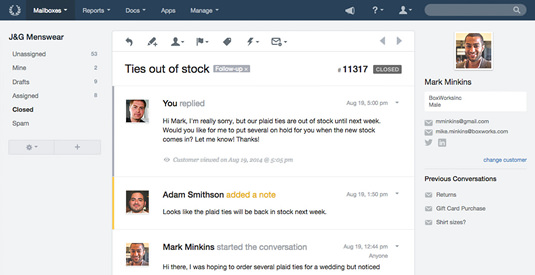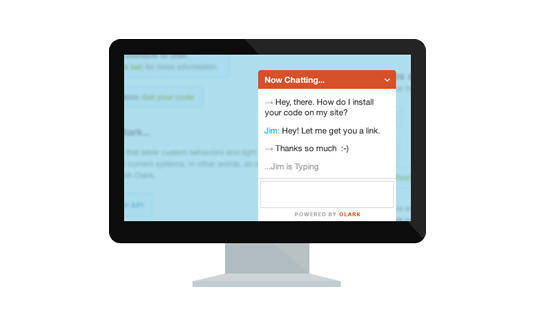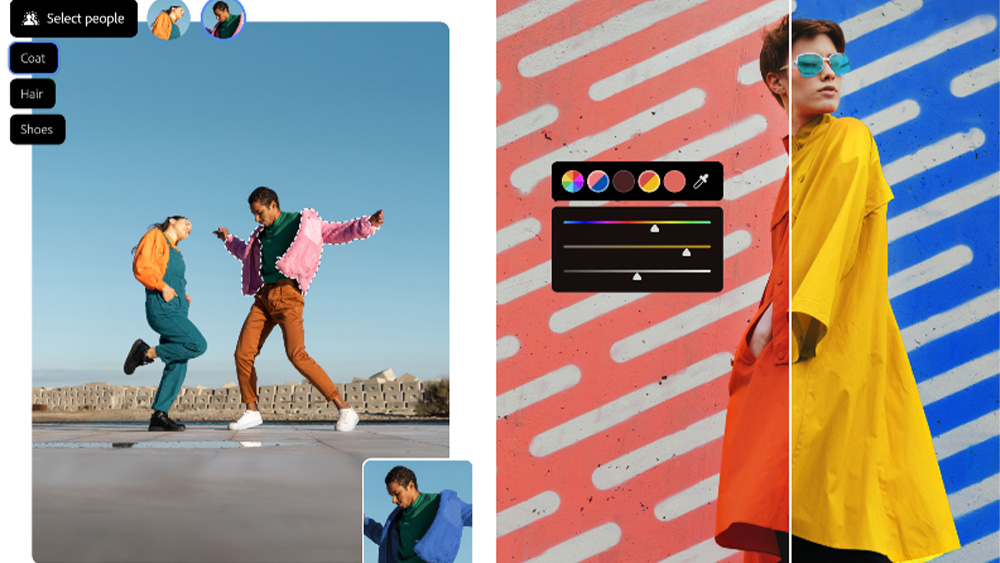5 essential ecommerce upsells for web designers
Keir Whitaker introduces some site integrations that will make you stand out from the competition.
The more web designers I talk to, the more I hear how the web industry has changed. It's become apparent that many large businesses have realised the importance of 'digital' and have decided to bring web talent in house.
At the other end of the market, many businesses are taking the first steps into 'digital' via Facebook Pages and hosted CMS platforms such as Squarespace. Consequently agencies and freelancers are fighting over a contracting market. To succeed you have to be different – and one way to do this is to specialise.
Read these top SEO tips for ecommerce sites
Thankfully the popularity of buying products and services online continues its upward trend. As a result of this growth, web designers and front-end developers with a solid understanding of the ecommerce landscape are finding themselves in great demand.
Today many web designers are choosing to specialise in ecommerce and are finding new (and profitable) ways to grow their businesses beyond traditional design and build services.
One way to stand out from the competition is to have a solid understanding of third-party systems and integrations that will benefit your client. Knowing which apps and services you can recommend and help implement for your clients' ecommerce operations will allow you to broaden your services and create new and profitable revenue streams for your business.
There are many areas in which you can increase your offering around ecommerce. Having talked to many ecommerce-focused web designers over the last few years, here are five 'upsells' that have proved to be successful.
Get the Creative Bloq Newsletter
Daily design news, reviews, how-tos and more, as picked by the editors.
01. Customer Support

In my five-part podcast series, The Ecommerce Customer Lifecycle, my co-host Ross explains how his business Growth Spark helps their clients with the entire ecommerce process — from initial idea right through to encouraging customers to buy again and again. Customer service is a huge part of this lifecycle and majorly important for any business. Unfortunately, many don't have systems in place to manage it well. Without a process to manage customer interactions, it will always be an uphill struggle. Implementing a customer service system is a great upsell for any ecommerce project.
There are a number of 'helpdesk' solutions on the market, but the one I return to – especially for those starting out with ecommerce – is HelpScout.
HelpScout is an elegantly simple-to-use help desk application which is free for up to three users. It's easy to configure and integrates with an existing email address, or you can create a new one, that your client is using. Whilst I prefer the familiar inbox style web interface, it's just as easy to use HelpScout from within an email client. By centralising communications, it also enables your client to have multiple users handling queries. There are also a number of helpful features which allow you to assign and monitor queries from start to finish.
HelpScout also has its own API. As a result, there are a number of third-party integrations, including a number of ecommerce plugins, that allow you to see a customer's order history right from within HelpScout.
Other services such as ZenDesk and Desk.com are also worth considering depending on your client's needs.
02. Live Chat

Another common feature found on ecommerce sites today is 'live chat'. Services such as Olark have made it ridiculously simple to implement this facility on an ecommerce site.
As well as offering the option to brand the chat box in the site's colour scheme, there are a number of appealing features. These include the ability to only chat with visitors on certain pages, integration with popular CRM tools allowing conversations to be logged, and advanced analytics. Of particular interest to ecommerce clients is 'cartsaver'. This feature lets you see what's in a customer's cart in real time, enabling your client to reach out to upsell or answer questions before the customer leaves the cart page.
As well as offering to implement the system, having access to the data made available via the dashboard will give you insights into potential improvements to the store. Many designers I have spoken to wrap these services up into a monthly support agreement. These agreements are a great way of generating recurring revenue.
Next page: three more ecommerce upsells your site needs

Thank you for reading 5 articles this month* Join now for unlimited access
Enjoy your first month for just £1 / $1 / €1
*Read 5 free articles per month without a subscription

Join now for unlimited access
Try first month for just £1 / $1 / €1

The Creative Bloq team is made up of a group of design fans, and has changed and evolved since Creative Bloq began back in 2012. The current website team consists of eight full-time members of staff: Editor Georgia Coggan, Deputy Editor Rosie Hilder, Ecommerce Editor Beren Neale, Senior News Editor Daniel Piper, Editor, Digital Art and 3D Ian Dean, Tech Reviews Editor Erlingur Einarsson, Ecommerce Writer Beth Nicholls and Staff Writer Natalie Fear, as well as a roster of freelancers from around the world. The ImagineFX magazine team also pitch in, ensuring that content from leading digital art publication ImagineFX is represented on Creative Bloq.
